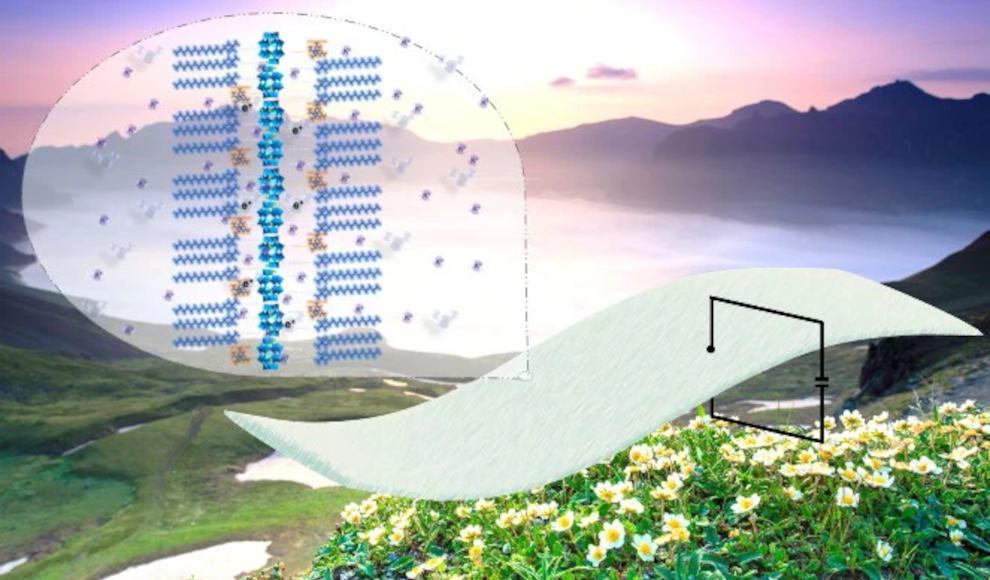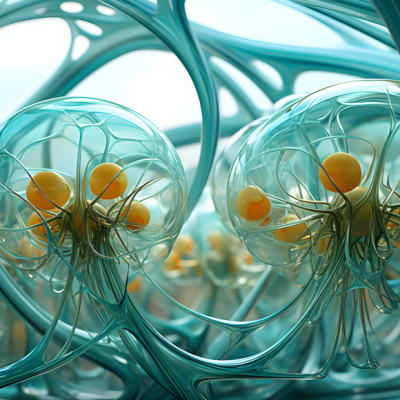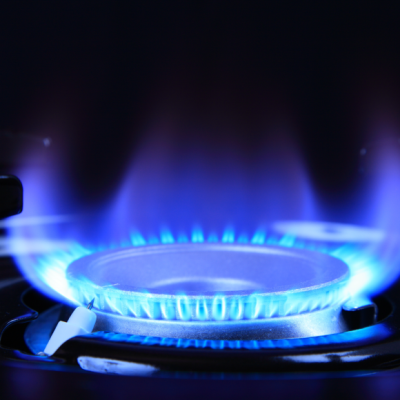A new generator made from a nanomaterial with micropores can now harness energy from humidity in the air. Developed in China, this system can power small devices. Researchers from the Northeast Normal University (NENU) have created a generator that uses humidity as an energy source. The generator is made from Polyoxometallates (POM), large molecules made from metals and oxygen. It can capture water vapour and act as a charge carrier. The absorbed water molecules are used as a medium to move ions and generate electricity. The generator has been tested at room temperature and a humidity level between 10 and 90 percent. It produced a voltage of 0.68 volts and a current density of 19.5 microamperes per square centimetre at a relative humidity of 50 percent.
The generator works by capturing water vapour in the micropores of the Polyoxometallate layer. The top layer collects more molecules than the lower layers, creating an H2O distribution gradient that causes an ion gradient in the POM. This gradient causes positively charged cations to move, generating an electric potential that can be used to produce electricity. Although the energy produced is small, the generator is suitable for low-energy applications such as sensors and other small electronic devices. This is the first humidity-based generator made from Polyoxometallates, which could offer new approaches to using these materials in low-energy applications.
The researchers believe that humidity is a ubiquitous and stable energy source with great potential for applications. The generator can be used to power small devices, making it a useful tool for remote locations or areas with limited access to electricity. The generator is also environmentally friendly, as it does not require any fuel or produce any emissions. The development of this generator is a significant step towards creating sustainable and renewable energy sources that can be used to power our daily lives.










